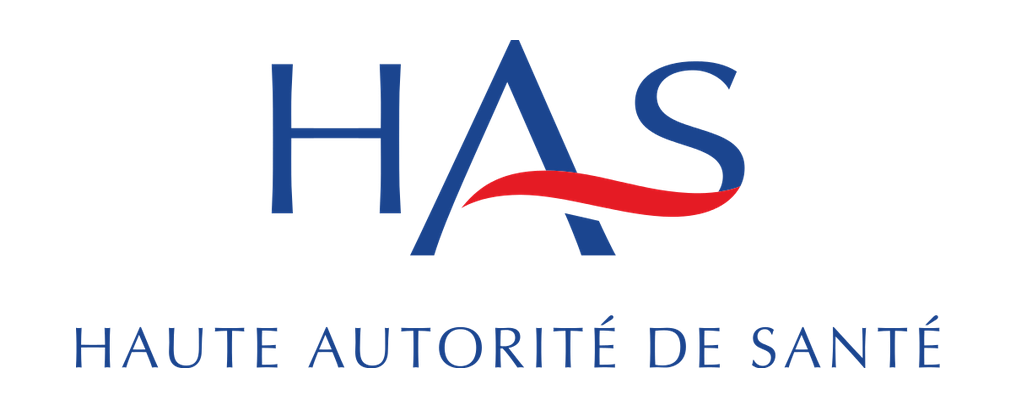Medical cancer treatment
- Chemotherapy, biotherapy
- Support care (transfusions, injections, treatment of symptoms and complications of the illness, etc.)
- Treatment reports and follow-ups
- Clinical research
Located south of Paris (14th arrondissement), right behind the Montsouris Park, the Institut Mutualiste Montsouris (IMM) is a multidisciplinary hospital well known for its medical and surgical expertise, in cancerology, cardiovascular, functional and chronic diseases.
At the IMM you will also find a maternity unit and psychiatric center for adolescents.

IMM is in partnership with Curie Institute (Paris 5th) and Square de la Mutualité Health Center (Paris 5th)
IMM has set up a unit and follow-up dedicated to international patients. You can contact us from Monday to Friday from 9 a.m. to 1 p.m. and from 2 p.m. to 5 p.m. on +33 1 76 49 13 00 or by email : [email protected] . Please Contact us !
The average time between the submission of a complete file and the response is less than 3 working days
12 000 stays (outpatient hospitalization)
20 000 stays (conventional hospitalization)
8 000 dialysis sessions
190 000 consultations
6 000 chemotherapy sessions per year
Rare gynecological malformations ( Rokytanski, partitions, agenesis, ..,), Genital dermatology, Colposcopy,
The department has suitable rooms and equipment for people with motor impairment and 16 midwives.
Phone: 01 56 61 62 05 or email: [email protected] .
IMM is one of the few hospital in France to offer a pregnancy consultation to people with motor, hearing and visual disabilities since 2006. This support for future parents includes pregnancy monitoring and an anteconception consultation.
30 conventional beds
Disability management, Lactation/breastfeeding information meeting, Tabacology, 1st month neonatal pediatric consultation
Fertility Centre (MAP)
Oocyte donation
Doctors participate in the RCP ( consultation meeting) in all disciplines as well as with hospital partners such as Curie Institute for the thoracic ( Curie-Montsouris Thorax Institut ), for digestive pathologies, urology and orthopaedics.
24 beds for medicine
For 20 years, the department has been the leader in France in the ranking of the weekly 'Le Point'' for prostate cancer and among the first for other cancers.
31 conventional beds
Techniques
Non-invasive diagnostic techniques:
Surgical techniques:
In order to guarantee the most safe surgical environment for their patients, the IMM has set up an hybrid room. This room allows to perform minimally invasive surgery under 2D or 3D imagery, to rebuild and merge X-ray images with scan and MRI images, and to check in real time the effectiveness of the surgical gesture on the patient.
Invasive interventional and diagnostic techniques
Diseases
Techniques
The Department of Digestive Surgery, Oncological and Metabolic of IMM supports the diagnostic and the treatment of all diseases of the adult digestive system: esophagus, stomach, duodenum, pancreas, liver, bile ducts, small intestine, colon, rectum and obesity disease.
The Department of Hepato-Gastroenterology and Proctology at IMM covers all hepato-gastroenterological and proctological pathology.
These medical and surgical teams work in close collaboration in the detection, diagnosis, treatment and monitoring of benign and malignant pathologies of the digestive system in order to continuously improve the quality and safety of care within the framework of a overall patient care (in particular through multidisciplinary consultation meetings).
Minimal invasive surgery (including laparoscopy, endoscopy and interventional echo-endoscopy) as well as short-term hospitalization (including outpatient) constitute for our team the priority axes of our medical offer.
INSTITUT MUTUALISTE MONTSOURIS 42 boulevard Jourdan 75014 PARIS FRANCE To go to IMM
By car: Public car park at parking public de la Porte d’Orléans 1 rue de la légion étrangère 75014 Paris.
Tram 3 « Montsouris » stop
RER B « Cité universitaire » stop
Métro line 4 d’Orléans » stop
Lines Bus 21, 28, 38, 62, 68, 88,125, 128, 187
+33 1 76 49 13 00